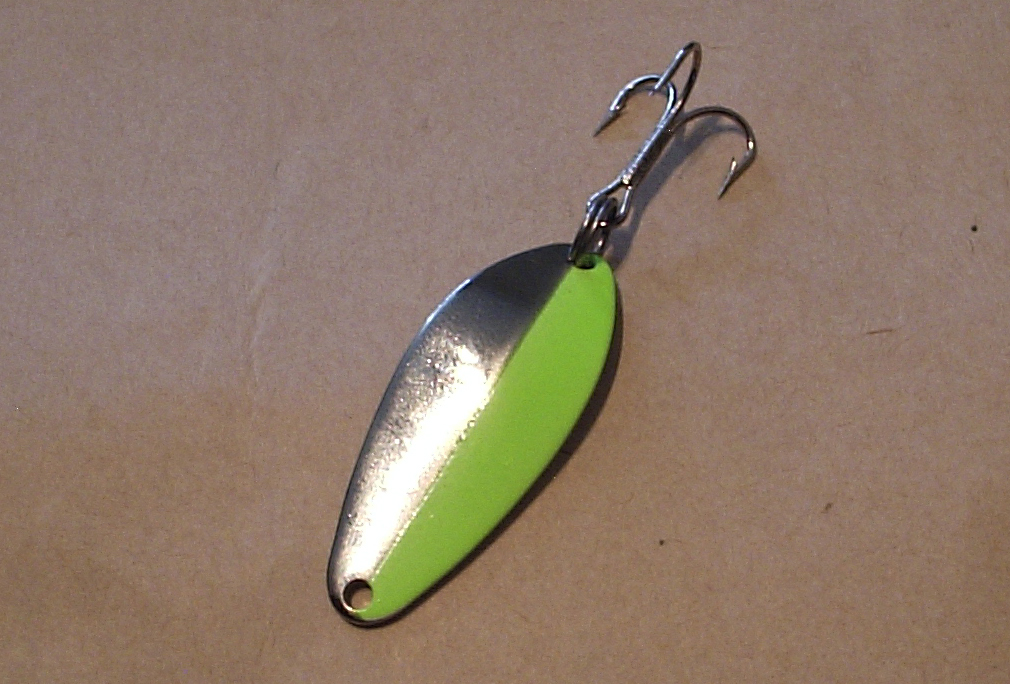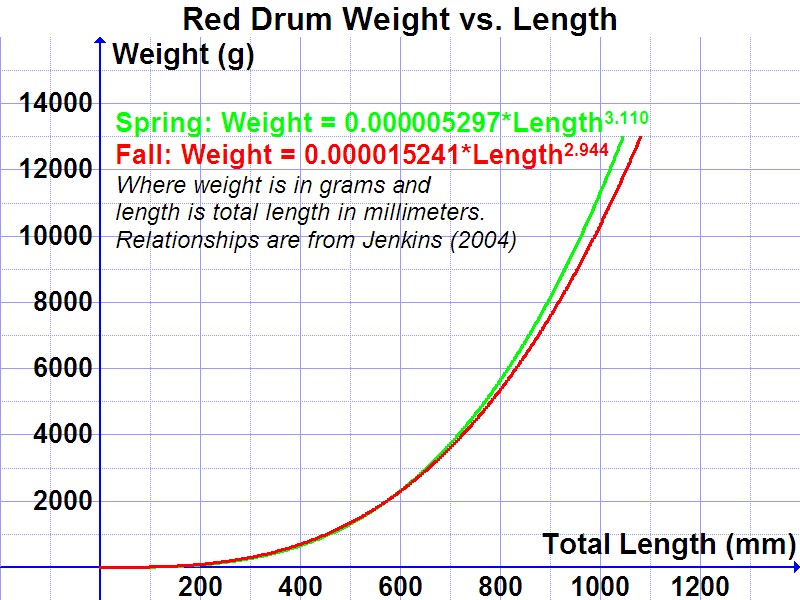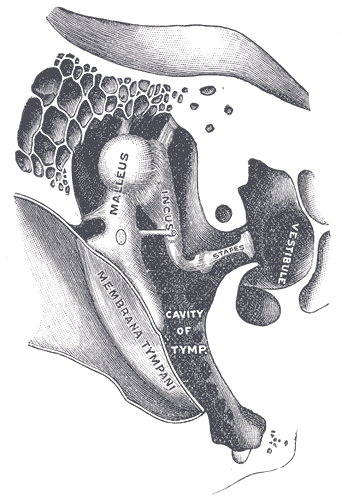|
Spinnerbait
A spinnerbait or spinner is any one of a family of hybrid fishing lures that combines the designs of a swimbait with one or more spoon lure blades. Spinnerbaits get the name from the action of the metallic blades, which passively revolve around the attachment point like a spinning propeller when the lure is in motion, creating varying degrees of vibration and flashing that mimic small fish or other preys of interest to large predatory fishes. The two most popular types of spinnerbaits are the ''in-line spinner'' and ''safety pin spinnerbait'', though others such as the ''tail spinner'' also exist. Spinnerbaits are used principally for catching freshwater fishes such as perch, pike and bass. Mode of operation Spinnerbaits attract predatory fish primarily by creating significant amount of turbulence, noise and flashing reflections with the spinning blade. The turbulence waves, in particular, provoke the fish's lateral line system, a special tactile sensory organ that enables f ... [...More Info...] [...Related Items...] OR: [Wikipedia] [Google] [Baidu] |
Spin Fishing
Spin fishing is an angling technique where a spinnerbait, a type of hybrid fishing lure with at least one freely rotating blade, is used to entice the fish to bite. When the line is reeled back, the spinnerbait blades will spin passively with the oncoming water flow, in turn stirring up a significant amount of turbulence and noise, which transmit through the water and provoke predatory fish to strike the lure out of their foraging as well as territorial instincts. Spin fishing is used in both freshwater and marine environments. Techniques When fishing in a river the line should be cast upstream. Casting upstream and retrieving with the current results in the spinner/lure sinking faster. Bottom bouncing Bottom bouncing is a spin fishing technique where the spinner is cast up river from the shore, and then allowed to bounce on the river bottom until it has moved downstream. The rod tip is held higher in the air than normal and the speed of retrieval is faster. This method is comm ... [...More Info...] [...Related Items...] OR: [Wikipedia] [Google] [Baidu] |
Spoon Lure
In sport fishing, a spoon lure is a fishing lure usually made of lustrous metal and with an oblong, usually concave shape like the bowl of a spoon. The spoon lure is mainly used to attract predatory fish by specular reflection of light, as well as the turbulences it creates when moving in water. The design of the spoon lure is simple: the oblong, concave blade shape of the spoon will cause it to wabble randomly when towed or sinking through water, creating sparkles of light reflection that resemble those of a swimming bait fish's fish scale, scales when looking from afar. The spoon wabbling also stirs up turbulences that can entice the fish to stalk and strike it. Fish normally use their lateral line system to follow the vortex, vortices produced by fleeing prey, and the oscillating movements of the spoon lure can imitate these. Different color variations and materials can be added to the classic spoon lure may also help catch fish. Silver- or gold-plated or dyed finishes can gi ... [...More Info...] [...Related Items...] OR: [Wikipedia] [Google] [Baidu] |
Northern Pike
The northern pike (''Esox lucius'') is a species of carnivorous fish of the genus ''Esox'' (pikes). They are commonly found in brackish water, moderately salty and fresh waters of the Northern Hemisphere (''i.e.'' holarctic in distribution). They are known simply as a pike (Plural, : pike) in Great Britain, Ireland, most of Eastern Europe, Canada and the United States, U.S., although in the Midwestern United States, they may just be called a Northern. Pike can grow to a relatively large size. Their average length is about , with maximum recorded lengths of up to and maximum weights of . The International Game Fish Association, IGFA currently recognises a pike caught by Lothar Louis on Greffern Lake, Germany, on 16 October 1986, as the all-tackle world-record holding northern pike. Northern pike grow to larger sizes in Eurasia than in North America, and in coastal Eurasian regions than inland ones. Etymology The northern pike gets its common name from its resemblance to the ... [...More Info...] [...Related Items...] OR: [Wikipedia] [Google] [Baidu] |
Swimbait
Swimbaits or swimmers are a loosely defined class of fishing lures that are designed to primarily imitate the underwater swimming motions of baitfishes. History Swimbaits originated in the late 1980s as lures designed to imitate rainbow trout in Southern California reservoirs that largemouth bass and striped bass fed on. They were larger and more lifelike imitations than most available mass-produced lures at the time. Types Swimbaits are mainly broken down into 2 categories: hard body and soft body swimbaits. Hard-body Hard-body swimbaits are often made of either wood or plastic. These baits are designed to mimic baitfish that predatory fish—such as largemouth bass, smallmouth bass, spotted bass, pike, and trout—would eat. Hard-body swimbaits are built to produce a swimming action that provokes a predatory instinct, causing fish to strike. The lure's movement depends on the number of joints in its design. Glide Baits (Single-Joint Swimbaits) A single ... [...More Info...] [...Related Items...] OR: [Wikipedia] [Google] [Baidu] |
Spoon Lure
In sport fishing, a spoon lure is a fishing lure usually made of lustrous metal and with an oblong, usually concave shape like the bowl of a spoon. The spoon lure is mainly used to attract predatory fish by specular reflection of light, as well as the turbulences it creates when moving in water. The design of the spoon lure is simple: the oblong, concave blade shape of the spoon will cause it to wabble randomly when towed or sinking through water, creating sparkles of light reflection that resemble those of a swimming bait fish's fish scale, scales when looking from afar. The spoon wabbling also stirs up turbulences that can entice the fish to stalk and strike it. Fish normally use their lateral line system to follow the vortex, vortices produced by fleeing prey, and the oscillating movements of the spoon lure can imitate these. Different color variations and materials can be added to the classic spoon lure may also help catch fish. Silver- or gold-plated or dyed finishes can gi ... [...More Info...] [...Related Items...] OR: [Wikipedia] [Google] [Baidu] |
Swimbait
Swimbaits or swimmers are a loosely defined class of fishing lures that are designed to primarily imitate the underwater swimming motions of baitfishes. History Swimbaits originated in the late 1980s as lures designed to imitate rainbow trout in Southern California reservoirs that largemouth bass and striped bass fed on. They were larger and more lifelike imitations than most available mass-produced lures at the time. Types Swimbaits are mainly broken down into 2 categories: hard body and soft body swimbaits. Hard-body Hard-body swimbaits are often made of either wood or plastic. These baits are designed to mimic baitfish that predatory fish—such as largemouth bass, smallmouth bass, spotted bass, pike, and trout—would eat. Hard-body swimbaits are built to produce a swimming action that provokes a predatory instinct, causing fish to strike. The lure's movement depends on the number of joints in its design. Glide Baits (Single-Joint Swimbaits) A single ... [...More Info...] [...Related Items...] OR: [Wikipedia] [Google] [Baidu] |
Fishing Lure
A fishing lure is any of a broad category of inedible, artificial fishing baits designed to be " fake food" that mimic the appearances of prey and thus attract the attention of predatory fish when angling. Lures come in many shapes and designs that impart different actions and vibrations, which appeal to fish's foraging/territorial instincts and provoke them into striking. Lure color, brightness or the metallic shine/flash alone may also contribute to fish striking a lure, but much of the time even clear hard or soft plastic lures will get struck as well as those made of fur, metal, wood, soft and hard plastic or skirts made of feather, rubber or silicone strands. Lures can be commercially made and purchased from tackle shops, or hand-made by anglers (as in the case of hand-tied fly lures). Fishing lures are attached to a fishing line, and attached to at least one hook (commonly a treble hook). When lure fishing, the angler use a rod to cast or simply drop the lure to an ar ... [...More Info...] [...Related Items...] OR: [Wikipedia] [Google] [Baidu] |
Virgil Ward
Virgil Victor Ward (May 25, 1911 – September 13, 2004) was a freshwater sportfishing competitor, businessman, and media personality for fishing and conservation. He was the winner of the 1958 Regional Bass Competition, the 1962 World Series of Sport Fishing, the 1964 National Championship of Fresh Water Fishing and 1964 Outdoor Writers and Broadcasters National Fishing Tournament. In addition to his popular television show ''Championship Fishing'', Ward is a member of the Ozark Fisherman’s Hall of Fame, the International Fishing Hall of Fame and the National Fresh Water Fishing Hall of Fame The Fresh Water Fishing Hall of Fame is an American hall of fame in Hayward, Wisconsin, dedicated to promoting freshwater fishing. Approximately 100,000 visitors tour the museum each year. The muskie sculpture is the world's largest muskie sculp ... and the Bass Fishing Hall of Fame. Ward was awarded ''The Dolphin Award'' - fishing’s highest recognition. References {{DEFAULTSORT:Ward ... [...More Info...] [...Related Items...] OR: [Wikipedia] [Google] [Baidu] |
Red Drum
The red drum (''Sciaenops ocellatus''), also known as redfish, channel bass, puppy drum, spottail bass, or simply red, is a game fish found in the Atlantic Ocean from Massachusetts to Florida and in the Gulf of Mexico from Florida to northern Mexico. It is the only species in the genus ''Sciaenops''. The red drum is related to the black drum (''Pogonias cromis''), and the two species are often found near to each other; they can interbreed and form a robust hybrid, and younger fish are often indistinguishable in flavor. Characteristics Red drum are a dark red color on the back, which fades into white on the belly. The red drum has a characteristic eyespot near the tail and is somewhat streamlined. Three-year-old red drum typically weigh . The largest red drum on record weighed just over and was caught in 1984 on Hatteras Island. Male red drum make a knocking or drumming sound during spawning by vibrating their swim bladders. The most distinguishing mark on the red drum is one ... [...More Info...] [...Related Items...] OR: [Wikipedia] [Google] [Baidu] |
Hearing
Hearing, or auditory perception, is the ability to perceive sounds through an organ, such as an ear, by detecting vibrations as periodic changes in the pressure of a surrounding medium. The academic field concerned with hearing is auditory science. Sound may be heard through solid, liquid, or gaseous matter. It is one of the traditional five senses. Partial or total inability to hear is called hearing loss. In humans and other vertebrates, hearing is performed primarily by the auditory system: mechanical waves, known as vibrations, are detected by the ear and transduction (physiology), transduced into nerve impulses that are perceived by the brain (primarily in the temporal lobe). Like touch, audition requires sensitivity to the movement of molecules in the world outside the organism. Both hearing and touch are types of mechanosensation. Hearing mechanism There are three main components of the human auditory system: the outer ear, the middle ear, and the inner ear. Outer ... [...More Info...] [...Related Items...] OR: [Wikipedia] [Google] [Baidu] |
Black Bass
Black is a color that results from the absence or complete absorption of visible light. It is an achromatic color, without chroma, like white and grey. It is often used symbolically or figuratively to represent darkness.Eva Heller, ''Psychologie de la couleur – effets et symboliques'', pp. 105–26. Black and white have often been used to describe opposites such as good and evil, the Dark Ages versus the Age of Enlightenment, and night versus day. Since the Middle Ages, black has been the symbolic color of solemnity and authority, and for this reason it is still commonly worn by judges and magistrates. Black was one of the first colors used by artists in Neolithic cave paintings. It was used in ancient Egypt and Greece as the color of the underworld. In the Roman Empire, it became the color of mourning, and over the centuries it was frequently associated with death, evil, witches, and magic. In the 14th century, it was worn by royalty, clergy, judges, and government o ... [...More Info...] [...Related Items...] OR: [Wikipedia] [Google] [Baidu] |







